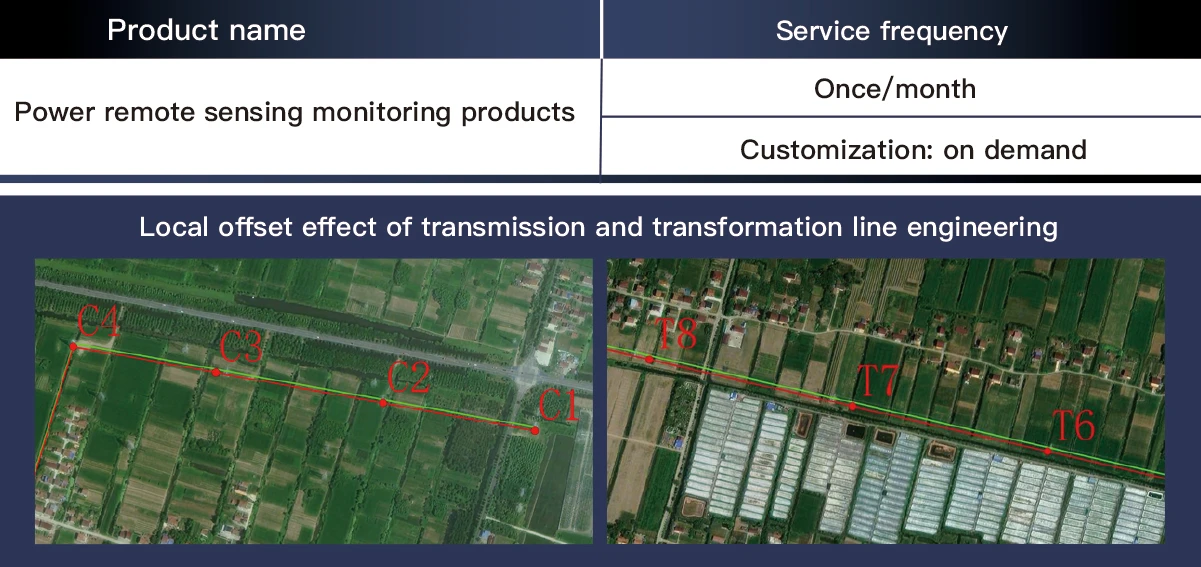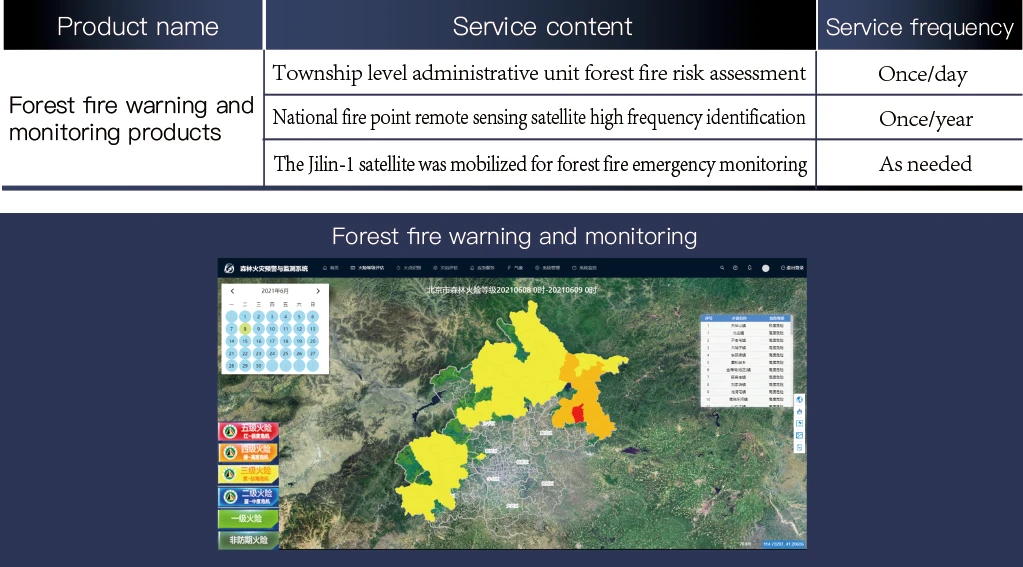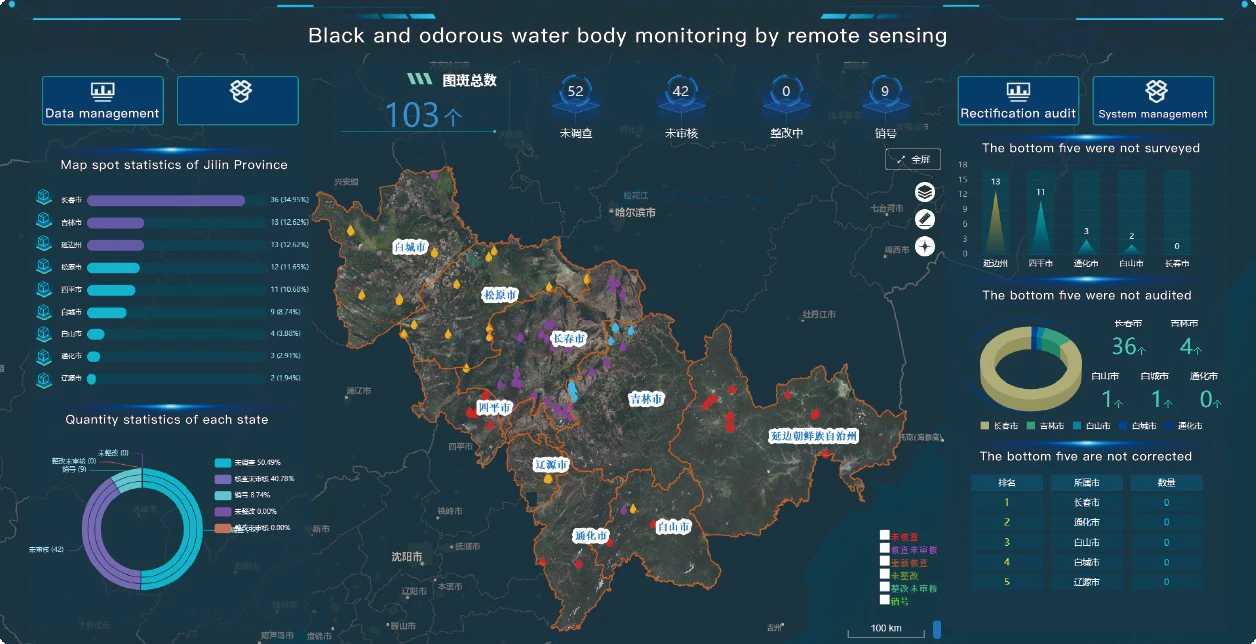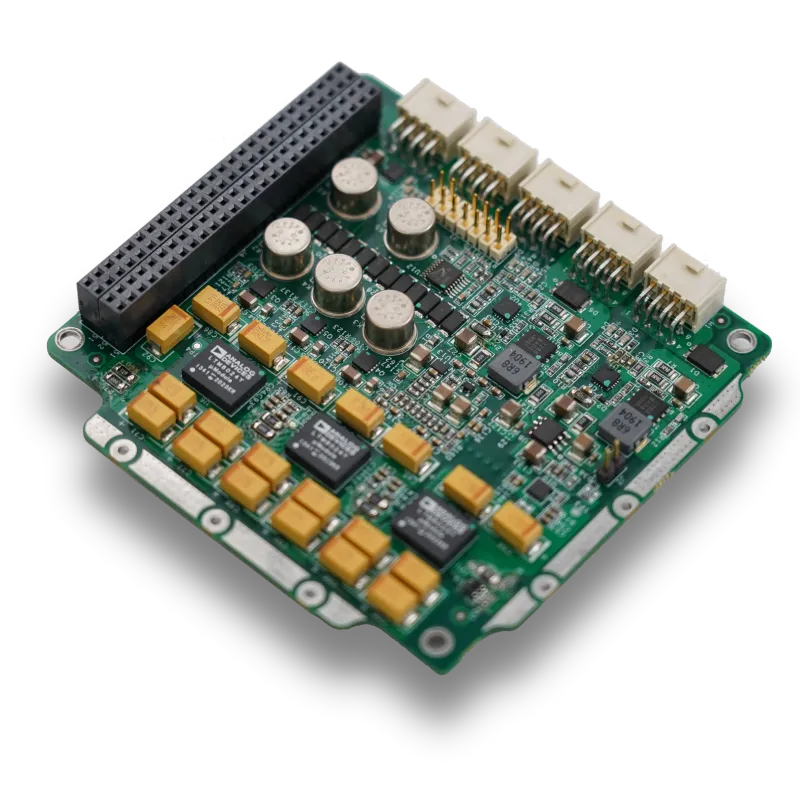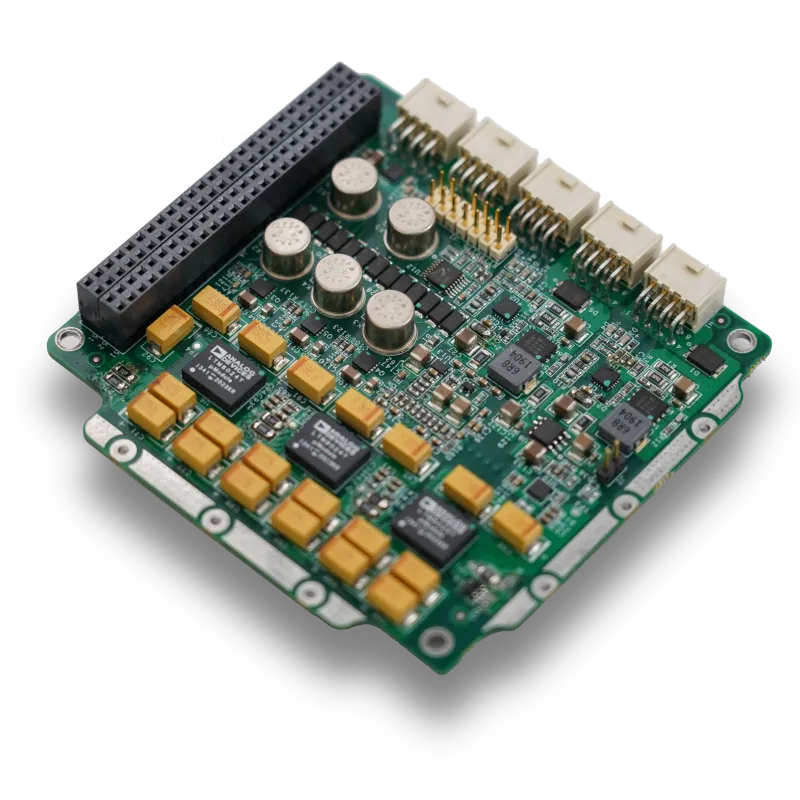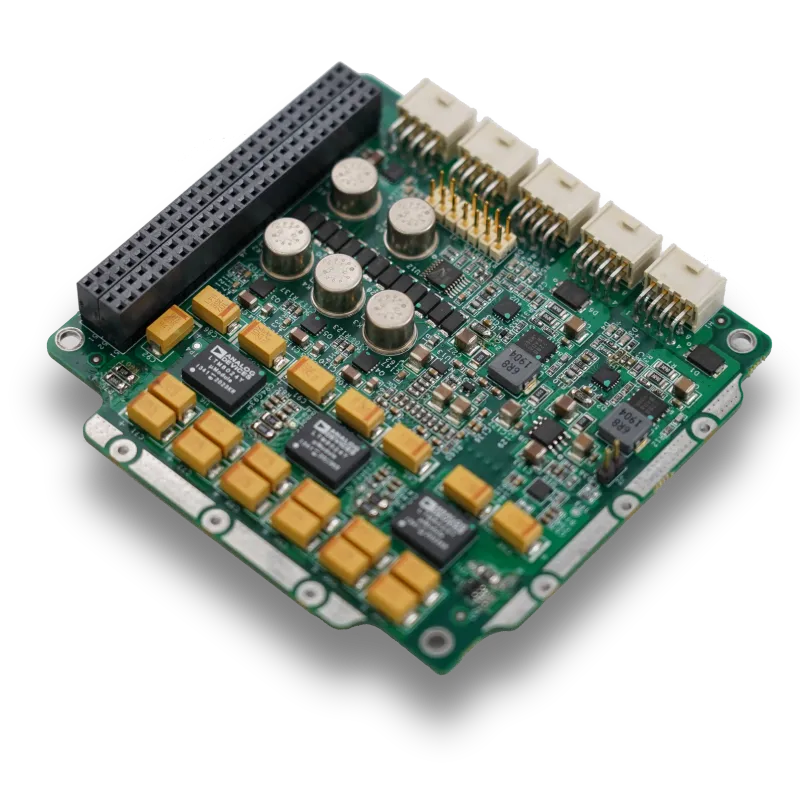Warning: Undefined array key "array_term_id" in /home/www/wwwroot/HTML/www.exportstart.com/wp-content/themes/1371/header-lBanner.php on line 78
Warning: Trying to access array offset on value of type null in /home/www/wwwroot/HTML/www.exportstart.com/wp-content/themes/1371/header-lBanner.php on line 78
Graphitic Heat-Conducting Film - SpaceNavi Co., Ltd. | Thermal Management, High Conductivity
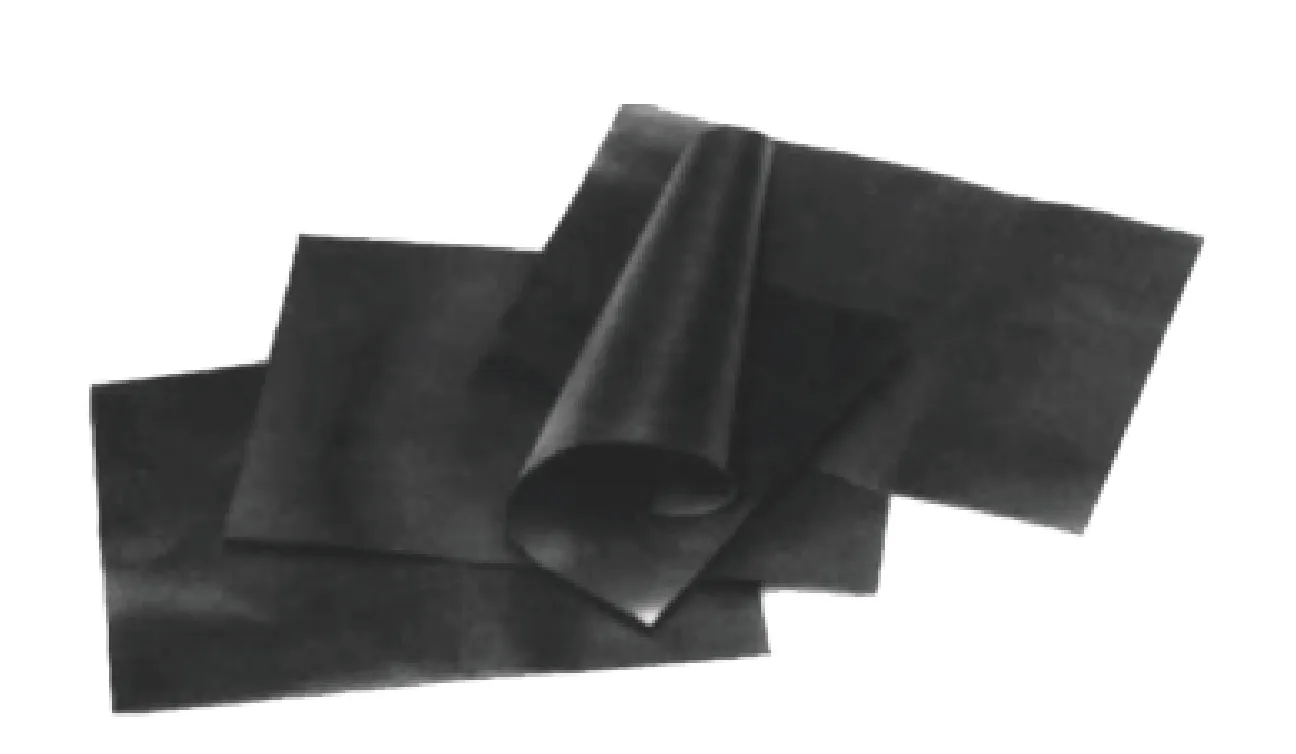
As technology continues to evolve at an unprecedented pace, the demand for efficient thermal management solutions has never been higher. The Graphitic Heat-Conducting Film from SpaceNavi Co., Ltd. emerges as a cutting-edge material designed to address the complex thermal challenges in high-performance electronics, aerospace, and industrial applications. This article explores the product's features, technical specifications, applications, and the company's commitment to innovation.
Product Overview
The Graphitic Heat-Conducting Film is a novel thermally conductive material engineered with exceptional properties. Its unique composition of graphitic layers allows for superior heat dissipation while maintaining flexibility and lightweight characteristics. This makes it an ideal solution for applications where traditional materials fall short in terms of efficiency or adaptability.
According to product specifications, the film operates effectively within an extensive temperature range of -150°C to 150°C, ensuring reliability in extreme environments. With a thermal conductivity coefficient exceeding 1500 W/m·K, it outperforms conventional materials, enabling faster heat transfer and more uniform temperature distribution.
Key Features and Advantages
One of the standout features of this heat-conducting film is its high thermal conductivity, which is critical for managing heat in high-performance devices. This property is achieved through advanced graphitic layering techniques that optimize heat flow. The film's low density (1800 kg/m³) and flexibility further enhance its applicability in complex and compact designs.
The thin profile of the film, ranging from 0.07 mm to 0.2 mm, allows it to be integrated into space-constrained systems without compromising performance. Its durability and resistance to thermal degradation make it suitable for long-term use in demanding environments. Additionally, the film's ease of application simplifies integration into existing manufacturing processes, reducing costs and development time.
SpaceNavi Co., Ltd. emphasizes the film's environmental friendliness and compliance with industry standards, ensuring it meets the rigorous requirements of modern manufacturing. The 10-day supply cycle guarantees timely delivery, supporting clients' production schedules without delays.
Technical Specifications
| Item | Performance Parameter |
|---|---|
| Operating Temperature/℃ | -150~150℃ |
| Heat Conductivity Coefficient/W/m·K | ≥1500 |
| Thickness/mm | 0.07~0.2 |
| Density/kg/m³ | 1800 |
| Supply Cycle | 10 days |
Applications in Modern Industries
The versatility of the Graphitic Heat-Conducting Film makes it suitable for a wide range of applications. In the electronics industry, it is used to enhance the thermal management of high-power devices such as processors, LEDs, and power modules. By efficiently dissipating heat, it extends the lifespan of components and improves overall system reliability.
In the aerospace sector, the film's ability to function in extreme temperatures and its lightweight nature make it ideal for satellite components, avionics, and thermal management systems. SpaceNavi Co., Ltd. has positioned the product as a critical component for satellite assembly and satellite platforms, aligning with the growing demand for reliable thermal solutions in space technology.
The film also finds applications in industrial equipment, where it helps maintain optimal operating temperatures for machinery and sensors. Its flexibility allows it to conform to irregular surfaces, making it a preferred choice for complex thermal management systems.
Company Background: SpaceNavi Co., Ltd.
SpaceNavi Co., Ltd., based in Ningbo, China, is a leading provider of advanced materials and components for the aerospace and electronics industries. With a focus on innovation and quality, the company has established itself as a trusted partner for manufacturers seeking reliable thermal management solutions.
SpaceNavi's commitment to research and development ensures that its products meet the highest standards of performance and durability. The company's component for sale and satellite parts are designed to address the unique challenges of modern technology, offering clients a competitive edge in their respective markets.
Industry Standards and Certifications
The Graphitic Heat-Conducting Film adheres to international standards for thermal conductivity and material performance. These standards, often referenced by organizations like the National Institute of Standards and Technology (NIST), ensure that the product meets the rigorous requirements of global markets.
According to NIST's research on thermal management materials, the development of high-conductivity films has been a focal point for improving energy efficiency and system reliability in various industries. The 1500 W/m·K thermal conductivity of this product aligns with the latest advancements in thermal interface materials, as highlighted in NIST's publications on nanoscale thermal transport.
Future Prospects and Innovations
As the demand for efficient thermal management solutions continues to grow, SpaceNavi Co., Ltd. is poised to lead the market with its innovative graphitic heat-conducting film. The company's ongoing research into advanced materials and manufacturing techniques ensures that it remains at the forefront of thermal technology.
The integration of this film into emerging technologies, such as quantum computing and next-generation semiconductors, is expected to further expand its applications. By addressing the thermal challenges of these cutting-edge fields, SpaceNavi is contributing to the development of more efficient and reliable technological systems.
Conclusion
The Graphitic Heat-Conducting Film from SpaceNavi Co., Ltd. represents a significant advancement in thermal management technology. With its exceptional thermal conductivity, flexibility, and durability, it offers a reliable solution for a wide range of industries. As technology continues to evolve, this product is set to play a crucial role in enabling the next generation of high-performance devices and systems.
For more information about the Graphitic Heat-Conducting Film and other products from SpaceNavi Co., Ltd., visit the company's official website.
Product Images
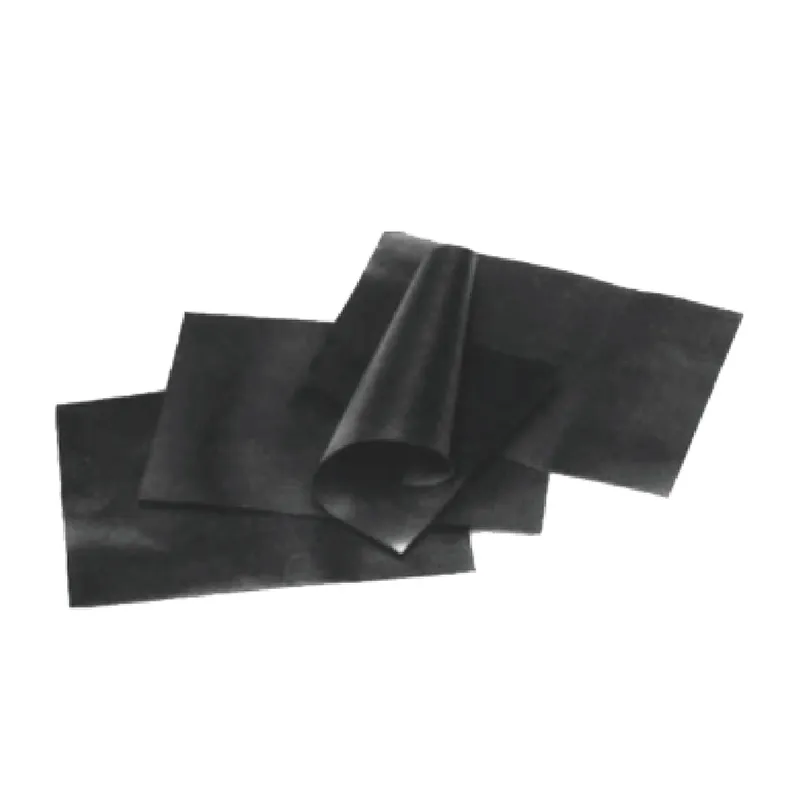
References
National Institute of Standards and Technology (NIST) provides critical research and standards for thermal management materials. Their work on nanoscale thermal transport and measurement technologies supports the development of high-conductivity materials like the Graphitic Heat-Conducting Film. For further details, refer to NIST's publications on thermal conductivity and material science.



